CLIMATE CHANGE
Factors that contribute to climate change:
Deforestation:
Forest sustainable management and their use of resources are key to combating climate change, and to contributing to the prosperity and well-being of current and future generations.
Deforestation contributes up to 10% of the carbon dioxide emissions caused by human activity,
Inhaling Carbon dioxide affects the lungs
You may get headaches and increased cardiac output. Sometimes you will feel light headed and have a increased chance at fainting or dying to suffocation.
Forests and trees store carbon. When they are degraded or completely cleared, e.g. by fire – a process referred to as deforestation – this stored carbon has the potential to be released back into the atmosphere as carbon dioxide and contribute to climate change.
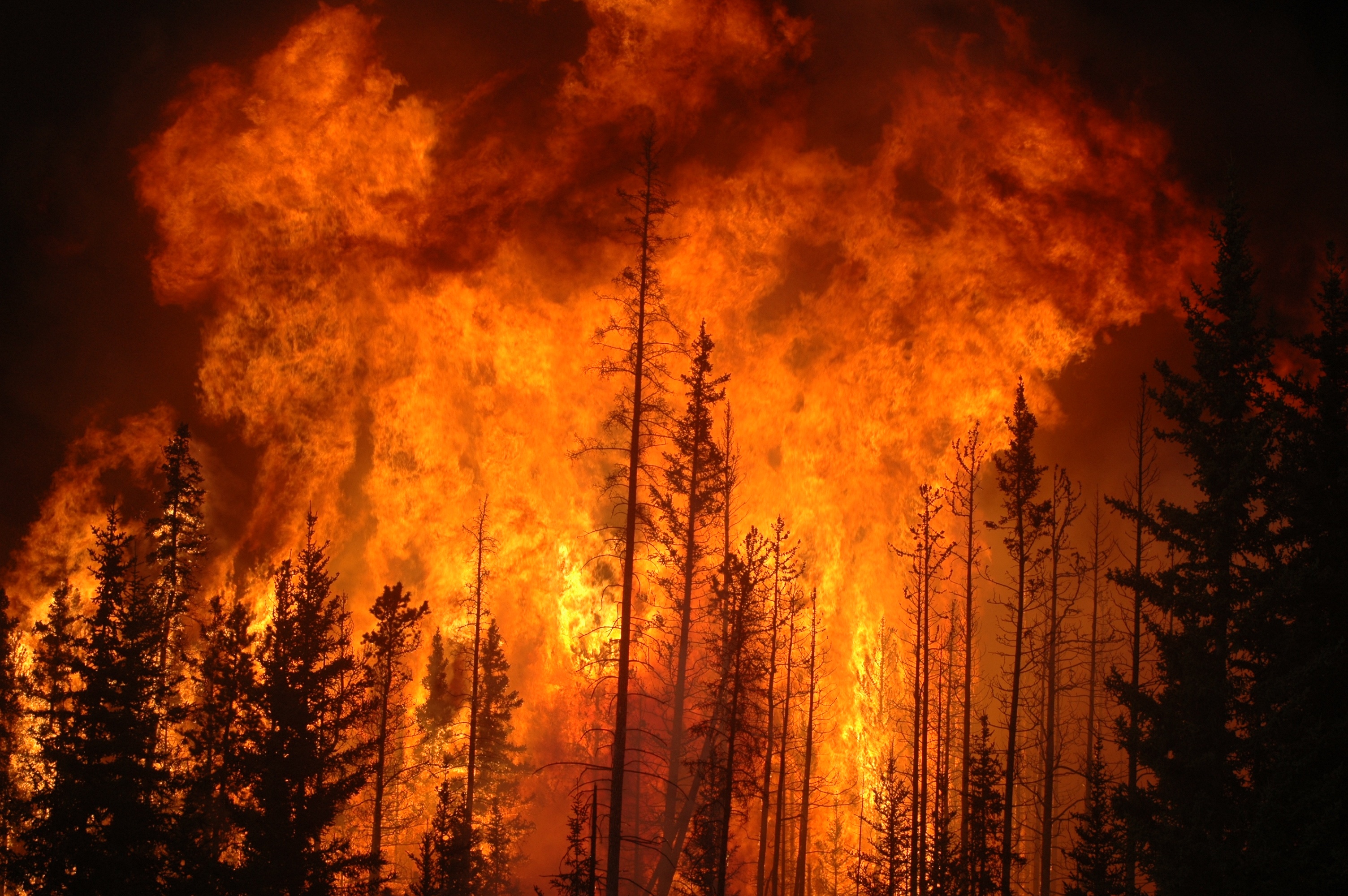
Forest Fire
Inhaling smoke can permanently damage your respiratory system
Smoke is made up of a complex mixture of gases and fine particles produced when wood and other organic materials burn.
The biggest health threat from smoke is from fine particles. These microscopic particles can penetrate deep into your lungs.
They can cause a range of health problems, from burning eyes and a runny nose to aggravated chronic heart and lung diseases.
Those who will have more issues when inhaling smoke are:
an older adult, which makes you more likely to have heart or lung disease than younger people.
Children or teens, because their respiratory systems are still developing, they breathe more air (and air pollution) per pound of body weight than adults, they’re more likely to be active outdoors, and they’re more likely to have asthma.
a person with diabetes, because you are more likely to have underlying cardiovascular disease.
a pregnant woman, because there could be potential health effects for both you and the developing fetus.
Manufacturing goods:
Manufacturing operations that are most likely to be affected by climate change regulations are those that result in significant direct greenhouse gas emissions, such as cement, iron and steel production, as well as those that are highly energy intensive, such as paper and chemicals operations.
NEGATIVE IMPACTS
As the demand for goods increases, the need to produce these goods also increases. This leads to more pollutant emissions, increased land-use and deforestation, and accelerated climate change.
One scientist found that 90 percent of fossil fuel companies’ emissions are a result of the products made from fossil fuels.
During natural resource extraction, we obtain raw materials and energy from nature to produce goods and services. Many of these resources are not renewable or regenerate very slowly. In the elaboration process of raw materials, harmful chemical substances are introduced to facilitate production.
Harmful to the environment
raw material extraction and processing always impact on the environment, resulting as they do in soil degradation, water shortages, biodiversity loss, damage to ecosystem functions and global warming exacerbation.
This destroys habitats making animals to relocate

Natrual extraction harming the environment around it
Industrial factories are major contributors to air pollution. The amount of toxic gases that factories release into the air increases health and environmental damages.
Health problems:
Exposure to high levels of air pollution can cause a variety of health problems. It increases the risk of respiratory infections, heart disease and lung cancer.
Animals:
many air pollutants are stored in the tissues of animals. Once we consume the animal that had the pollutants we can contract diseases.
The pollutants will go down from animal to animal reaching the top of the food chain.
Air pollutants can poison wildlife through the disruption of endocrine function, organ injury, increased vulnerability to stresses and diseases, lower reproductive success, and possible death.

Toxic Gasses
There are 6 toxic gasses that are released into the air
carbon monoxide
lead
nitrogen oxides
ground-level ozone
particle pollution and sulfur oxides.
Carbon Monoxide
Affected Organ Systems: Cardiovascular (Heart and Blood Vessels), Death, Neurological (Nervous System), Respiratory (From the Nose to the Lungs)
Carbon monoxide is a colorless, nonirritating, odorless, and tasteless gas. It is found in both outdoor and indoor air.
Lead
Lead is a naturally occurring bluish-gray metal found in small amounts in the earth's crust. Lead can be found in all parts of our environment. Much of it comes from human activities including burning fossil fuels, mining, and manufacturing.
Affected Organ Systems: Neurological (Nervous System), Renal (Urinary System or Kidneys)
POSITIVE IMPACTS:
Creating goods is what keeps the economy stable and one of the main source that funds the economy
The more goods that are being made the more business can sell and give to customers, which benefits businesses.
High in demand products will continue to be made which can offer job opportunities for more workers.

NEGATIVE IMPACTS ON ENVIORMENT
However, when humans start forest fires, forest ecosystems can suffer from irreversible damage.
While some human-caused forest fires are accidental, farmers and other land developers sometimes intentionally start fires as a way to clear forested land.
The loss of trees and other vegetation can cause climate change, desertification, soil erosion, fewer crops, flooding, increased greenhouse gases in the atmosphere.
The trees also help control the level of water in the atmosphere by helping to regulate the water cycle. In deforested areas, there is less water in the air to be returned to the soil. This then causes dryer soil and the inability to grow crops.
In addition to the loss of habitat, the lack of trees also allows a greater amount of greenhouse gases to be released into the atmosphere. Healthy forests absorb carbon dioxide from the atmosphere, acting as valuable carbon sinks
Greenhouse gases
These are gasses that can trap in heat in the planets atmosphere
They include:
Carbon dioxide (CO2)
Methane
Nitrous Oxide
Fluorinated gasses
These are all gasses.
Most greenhouse gasses are polyatomic compounds
Such as:
Carbon dioxide
Nitrous Oxide
POSTIVE IMPACTS:
Cutting trees provides for regeneration, improved habitat for many species, maintains forest health, and helps us shape forests for the future.
Even though many trees are being cut down, there are many movements that are supporting to plant more trees.
Cutting down trees source income for some people, and there many job opportunities that come with it.

Lumber jacks
Most of the things we use is from wood. From our houses to doors to floors. Everything around us is mostly made or structured by wood.

Consuming Goods:
A 2015 study found that the production and use of household goods and services was responsible for 60 percent of global greenhouse gas emissions.
One scientist found that 90 percent of fossil fuel companies’ emissions are a result of the products made from fossil fuels.
Food is responsible for up to 60 percent of global greenhouse gas emissions and between 50 and 80 percent of total land, material, and water use
NEGATIVE IMPACTS
This causes a domino effect of problems on society. Over-consuming leads to obesity, which in turn leads to further cultural and social problems.
Waste disposal is becoming a problem worldwide, and our oceans are slowly but surely becoming a giant waste disposal pit. It is estimated that over half of the plastic produced every year is single use.
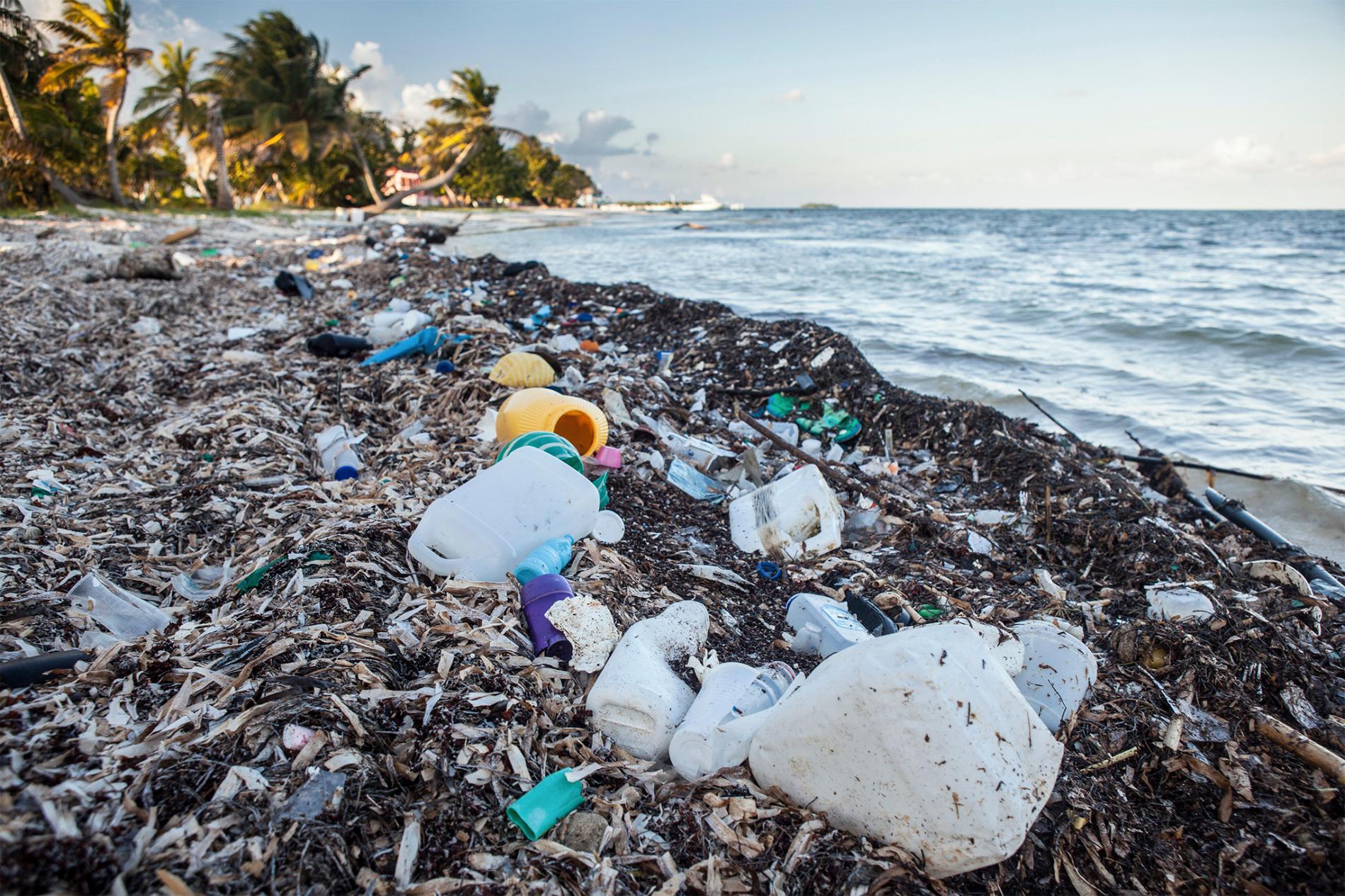
Waste being washed up on the shore from the ocean.
Animal life:
wild life is being affected by all the plastic that is being wasted into the ocean.
Coral life and sea life are becoming endangered because of the waste in the ocean
Subtopic
When fishes or any other animals eat plastic, we eventually consume those animals while also consuming the harmful substances or objects they consumed.
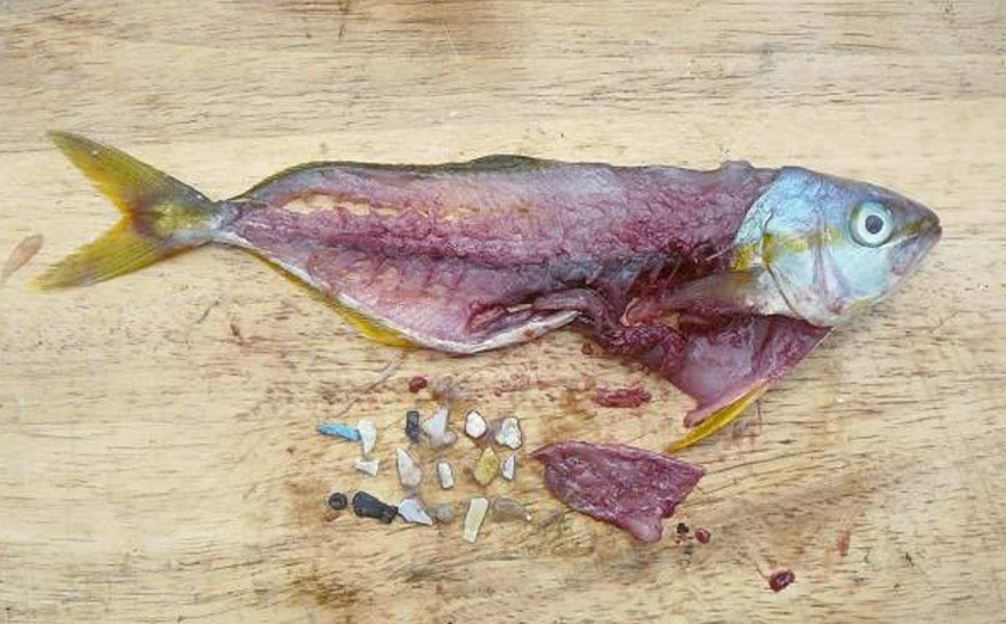
Plastic in the fish

Turtle deformed from the plastic wrapped around it
Producing all these things generates climate-changing greenhouse gas emissions. And in fact, across its life cycle, the average product results in carbon emissions of 6.3 times its own weight, according to a study done by Christoph Meinrenken, associate research scientist at the Earth Institute’s Research Program on Sustainability Policy and Management.
Increased extractions and exploitations of natural resources, accumulation of waste and concentration of pollutants. Can damage the environments, and in the long run limit economic activity.
POSITIVE IMPACTS
The more people buy a product the more sales businesses get from it. This can help businesses grow and also help the economy.
Allows for a large variety of goods and services
Improves the quality of life for people.
The country’s GDP would increase

Production workers
Generating Power:
- Cities are major contributors to climate change. According to UN Habitat, cities consume 78 per cent of the world’s energy and produce more than 60 per cent of greenhouse gas emissions. Yet, they account for less than 2 per cent of the Earth’s surface.
NEGATIVE IMPACTS
The effects of climate change are worse among poor and low-income communities, because many live on the margins of society, in unstable structures, and in areas more resources and reduced access to emergency response systems. This is even more pronounced in developing countries.
Generating electricity and heat by burning fossil fuels – coal, oil, or gas – causes a large chunk of the greenhouse gases, such as carbon dioxide and nitrous oxide, that blanket the Earth and trap the sun’s heat.
Fossil Fuels:
Fossil fuels are known as energy sources that are non-renewable. meaning they cannot be replaced or replenished. They are the product of decomposing remains of living organisms such as plants and fire
Carbon dioxide:
A polyatomic compound that is harmful to humans if inhaled.
Made up of Carbon and oxygen CO and O2

Lewis dot structure for Carbon dioxide
Pollution, mostly associated as a by-product of urban landscapes, is also linked with climate change. Both climate change and air pollution are exacerbated by the burning of fossil fuels, which increase CO2 emissions, the cause of global warming.
Most electricity is still generated by burning fossil fuels, but cleaner sources of energy are gaining ground.
POSITIVE IMPACTS
It encourages more companies to use renewable power sources such as solar panels, windmills.
Its cheap to source and produce electricity using gas, coal and oil.
It helps power most of the country.
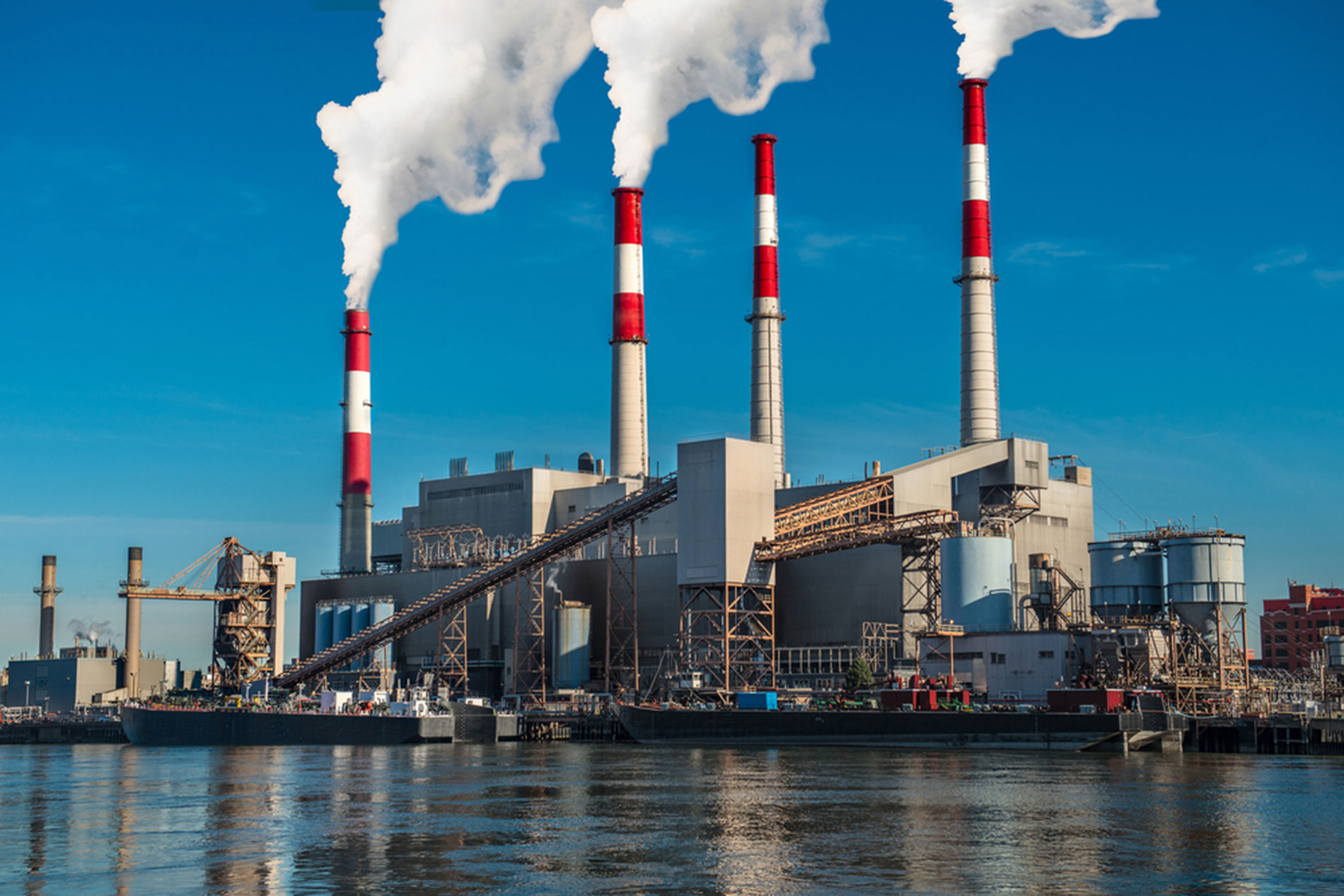
Power plant
Imapcts of climate change
Environmental
Global
Ice caps melting
Polar ice caps are melting as global warming causes climate change. We lose Arctic sea ice at a rate of almost 13% per decade, and over the past 30 years, the oldest and thickest ice in the Arctic has declined by a stunning 95%.
If emissions continue to rise unchecked, the Arctic could be ice-free in the summer by 2040.
Artic life:
When there’s less sea ice, animals that depend on it for survival must adapt or perish. Loss of ice and melting permafrost spells trouble for polar bears, walruses, arctic foxes, snowy owls, reindeer, and many other species.
Example of the state animals are in

Polar bear drifting off on ice
The Arctic and Antarctic are the world’s refrigerator. Since they are covered in white snow and ice that reflect heat back into space, they balance out other parts of the world that absorb heat. Less ice means more heat waves worldwise as there isn't enough ice to reflect the heat back
Melting Permafrost
As permafrost thaws, mircobes begin decomposing this material
Releases greenhouse gasses
Carbon dioxide
Methane:
simplest alkane, and the main contrbutor to natural gas.
High levels of methane can reduce the amount of oxygen breathed from the air.
This can result in mood changes, slurred speech, vision problems, memory loss, nausea, vomiting, facial flushing and headache. In severe cases, there may be changes in breathing and heart rate, balance problems, numbness, and unconsciousness.
Sea level rising
Sea level has risen 8–9 inches (21–24 centimeters) since 1880.
The rising water level is mostly due to a combination of melt water from glaciers and ice sheets and thermal expansion of seawater as it warms.
233 threatened and endangered species in 23 coastal states are at risk from sea-level rise.
Higher sea level also means more frequent high-tide flooding, sometimes called “nuisance flooding” because it isn't generally deadly or dangerous, but it can be disruptive and expensive.
More storms and natrual disasters
hotter heat waves, drier droughts, bigger storm surges and greater snowfall.
Hotter temps can lead to forest fire
Wild fires
releases a huge amount of green house gasses into the atmosphere
there is more confidence that warmer ocean temperatures and higher sea levels are expected to intensify their intensity and impacts.
Harsher hurricanes and storms can cause damage to cities which will cost a lot in repairs and aids.
Human health
The health effects of these disruptions include increased respiratory and cardiovascular disease, injuries and premature deaths related to extreme weather events
Animal Health
The wind, rain, and debris from storms injure and kill animals and cause a lot of damage to their habitats, including destroying shelters and contaminating food and water sources
Local
Atlantic Canada
This region in Canada will experience an increase in storm surges, sea
levels, greater storm intensity, as well as flooding and coastal erosion,

Severe storms
Central Canada:
This area of Canada will be prone to more smog episodes, heat waves
and the spread of vector-borne diseases (passed through insects)
Smog is made up of
Sulphur oxides
nitrogen oxides
ammonia gas.
Nitrogen oxide
Nitrogen Dioxide (NO2) is one of a group of highly reactive gases known as oxides of nitrogen or nitrogen oxides (NOx).
Health issue
Breathing air with a high concentration of NO2 can irritate airways in the human respiratory system. Such exposures over short periods can aggravate respiratory diseases, particularly asthma, leading to respiratory symptoms (such as coughing, wheezing or difficulty breathing),
Lewis dot diagram for Nitrogen dioxide
Sulphur oxides
Sulfur oxides are a group of important ambient air pollutants, which consist of both gaseous and particulate chemical species, including sulfur monoxide, sulfur dioxide, sulfur trioxide, and disulfur monoxide.
Sulfur oxides and nitrogen oxides could react respectively with other substances in the air to form acids, which fall to surface of earth as rain, fog, snow, or dry particles.
Health issue
Sulfur oxides and sulfate particles cause a wide variety of health and environmental impacts, particularly to sensitive groups including people with asthma, the elderly, and people with heart or lung disease. Peak levels of SO2 in the air can cause temporary breathing difficulty, asthma attacks, and increased respiratory symptoms.
Lewis dot diagram for Sulphur dioxide

Smog
Vector Borne Disease:
Vector-borne and zoonotic diseases are caused by viruses, bacteria or parasites that are transmitted to humans from animals or insects.
Canadian Prairies:
Here there will be fluctuations in precipitation, which will greatly affect
the area's agriculture, Lake levels and stream flows will decrease, while
there will be an increase in surface and soil water deficits. More frequent dry years will be common in addition to irreqular precipitation which will lead to flooding.
Agriculture
This means that farmers may have to deal with both too much water during the seeding season and too little water during the growing season, all in the same year.
This changes the growing and harvesting periods , meaning farmers need to adapt.
Some aspects of climate change look promising for farming: longer frost-free seasons, increases in growing degree days, and even increased atmospheric CO2 can, in theory, lead to better crop yields and productivity
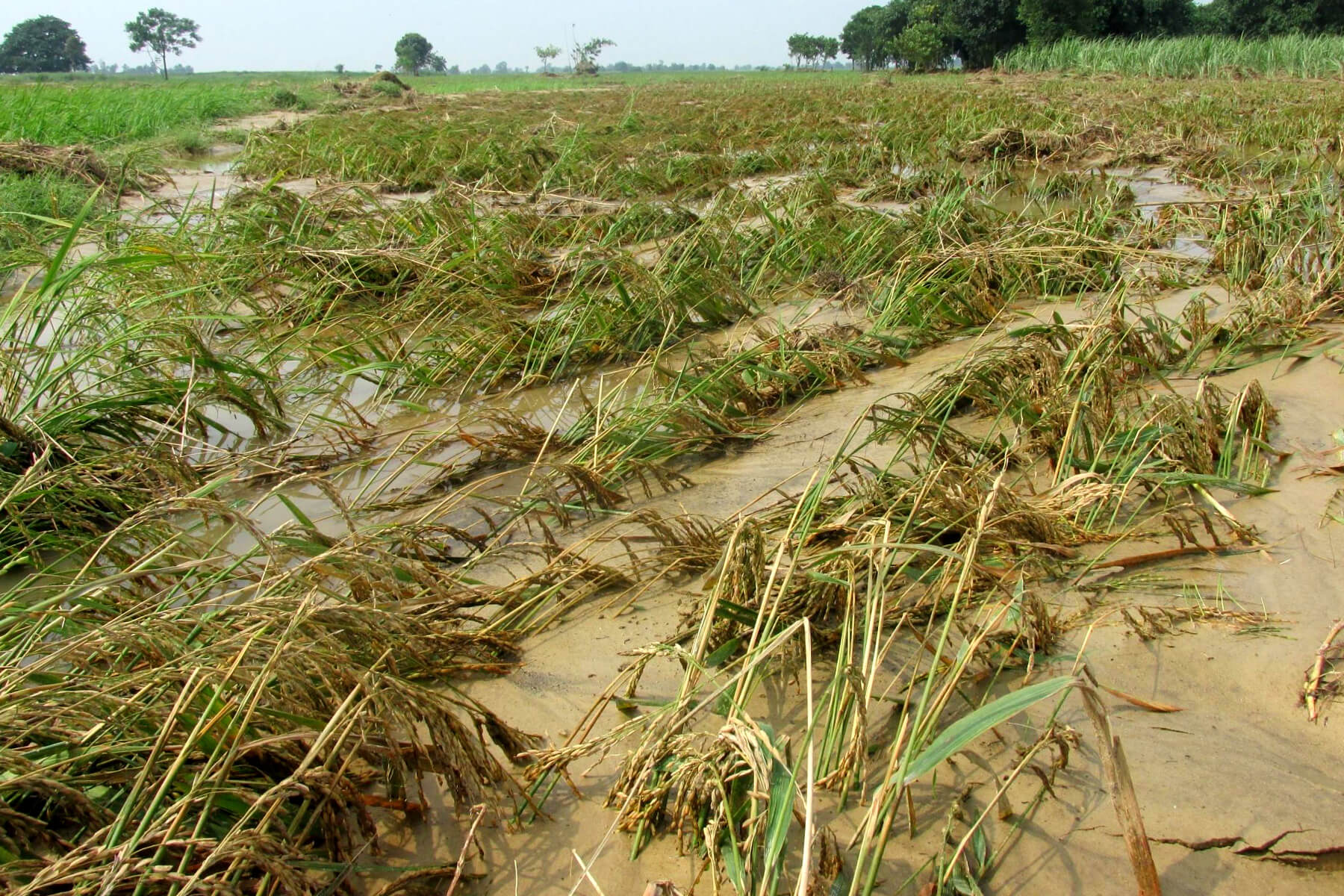
Dried up agriculture due to climate change
Westem Canada,
This area of the country will experience an increase in forest fires,
landslides, storm surges, hail, snowstorms, floods and even droughts
The provinces facing the most impact will be Alberta and British Columbia.
Sea levels will rise and so will the temperature of the water, affecting the wildlife inhabiting it.
Northem Canada:
This region is quite vulnerable to climatè related impacts, Most of the infrastructure is reliant on frozen water (known as the cryosphere) in order to be built upon. As global warming continues to take its effect,
these sections of frozen ocean will melt overtime
Social
Global
Rise in health issues
If global warming continues to cause temperatures to rise, there will be an increase in heat related deaths in the
coming years. By the year 2090, there will be approximately 9,300 more American deaths if temperatures rise by 4.5 degrees Celsius.
Increasing levels of precipitation and heat will also create a higher risk for foodborne and waterborne diseases.
Waterborne Diseases
Waterborne illness is caused by recreational or drinking water contaminated by disease-causing microbes or pathogens
Can affect the digestive system
Foodborne Diseases
Foodborne illness is caused by consuming contaminated foods or beverages.
Most foodborne diseases are infections caused by a variety of bacteria, viruses, and parasites.
This will also cause a quick rise in the number of insects that are prone to carry diseases, spreading them to new area
Local
Vulnerable Social groups
Certain social groups are at greater risk due to the impacts of climate change. This can be caused by their financial and socio-economic status, geographical location, culture and ethnicity, and even gender. Affected groups include Indigenous people as well as other ethnic minorities, children, migrant workers, women, elderly people, disabled people and many more.
Economical
Global
Loss of Income
The supply and demand for food products can be determined by weather patterns and changes in the climate. As global warming continues to have an impact in climate change, farmers are struggling to produce food seasonally. This greatly impacts their rate of income, taking a toll on them financially.
Cattle can also suffer greatly from rising temperatures, adding to the struggle of food production, The health issues that become more pronounced due to the weather also affect the farm
Many diseases are caused from this and can be transferred to humans if we consume the infected animals.
Loss of tourists
Global warming has caused the existing high temperatures is desert climates to increase further. This has lead to water shortages in some places. This shortage meant that tourist spots were not able to maintain their resorts, resulting in a loss of tourism as well as income.
Locations that receive their main source of income from tourism have suffered due to climate change.
The impacts of climate change have also caused popular tourist locations to lose their aesthetic appeal. This has occurred to due to major weather events, erosion to the tropical atolls, and extinction of wildlife species.
Weather events have also impacted the infrastructure of such places, resulting in costly expenses. This leads to a rise in prices to make up for the increase in operating costs of businesses, discouraging customers from visiting the location.
Local
The effects on agriculture can severely affect the canadian economy as 7.1% of the canadian GDP is from agrculture.
Migration
with global warming most of the species of birds and animals are migrating to colder or warmer regions during the seasons
This affects hunting, and produce
Initiatives
Global
ENVIRONMENTAL CAMPAIGNS:
Raise awareness among ordinary people and encourage more ecologically responsible behavior.
Properly disposing items
Environmental purchases
becoming involved in organized efforts
to educate everyone on environmental topics
Renewable Energy
Wind energy:
wind to produce energy does not release emissions that can pollute the air or water and do not require water for cooling
Hydroelectricity
maintain forest health through conserve energy better management
Solar panels
solar panels energy relies on energy from the sun to convert it into electricity, meaning no greenhouse gases are being produced.
Biomass Systems:
Biomass energy is energy generated or produced by living organisms
biomass contains energy first derived from the sun: plants absorb the sun's energy through photosynthesis, and convert carbon dioxide and water into nutrients (carbohydrates). the energy from these organisms can be transformed into usable energy

Energy Transitions in SIDS
A total of 36 SIDS (small island developing states) along with their partners are planning to convert to renewable energy systems
Climate Friendly cooling
Buildings have started to inst 'cooling paper' which is an environmentally friendly technique to keep the area cool when needed!
Local
Use renewable material
companies have started replacing plastic items with paper or reusable items.
Straws:
Fast food resteraunts such as McDonald's, and Wendy's have replaced plastic straws with paper.

Reusable
Cups:
we can use reusable cups, instead of Styrofoam or plastic cups when having large gatherings or parties.
Utensils:
its better to use reusables utensils than plastic waste that will be dumped in landfills or into our oceans harming marine life.

Plastic utensils
Bags:
Many grocery stores have replaced plastic bags with reusable bags.

Reusable bags '
Animals:
Many sea animals get caught up in the plastic bags that are thrown in to the ocean. Some suffocate and die because of this.
Switch to efficient
traveling methods using cleaner methods of transportation helps less green house gasses to be emitted
Bus:
Reduces the number
of people driving
Reduces green house emissions from air pollution
Carpooling is also a good way to reduce vehicle emissions
Bike:
Form of transportation that does not emit
gases or burn non-renewable fuels.
Improves health
Not only is it a safe way to travel, but also a great way to stay fit and keep your body healthy.
Not always ideal when having to go a distance
Walk:
no fuel being burned
Electric/Hybrid vehicles:
No pollutants are being emmitted when driving electric
Renewable Energy
Negative aspect of this is that even though these cars arent using petroleum (which is a fossil fuel) electricity bills will be higher and getting electricity isn't that clean.
Canadian government Initiatives
An initiative titled Canada's 2030 Emissions Reduction Plan was was introduced by the Government of Canada. The objective is to achieve 40-45% emission reductions by the year 2030.
An initiative titled Canada's 2030 Emissions Reduction Plan was was introduced by the Government of Canada. The objective is to achieve 40-45% emission reductions by the year 2030.
The Canadian Government has doubled its international climate finance $5.3 billion for the years 2021-2026. This allows our government to aid developing countries who are also facing the impacts of climate change
Supporting women's decision making and leadership in regards to climate action. The government will ensure that 80% of incorporate gender equality.
Our government has also be contributing 40% of its funding towards climate adaptation project
Recycle:
reduce greenhouse gases
reduce the need for harvesting raw materials
Save energy
prevents polloution

Conserve Energy
Led bulbs
consume less power per unit of light emmited
Pros and cons

